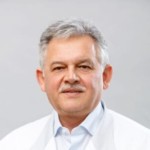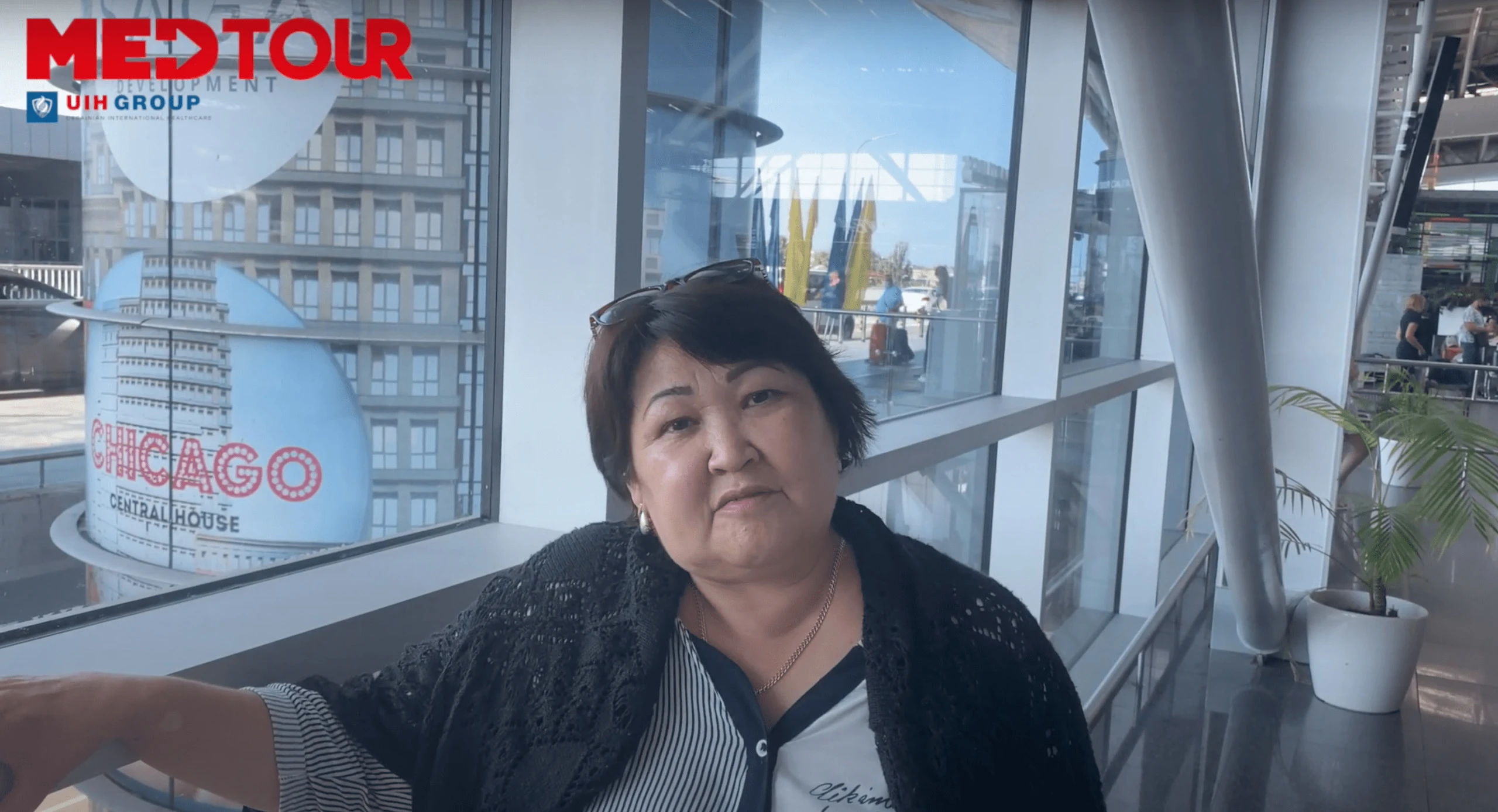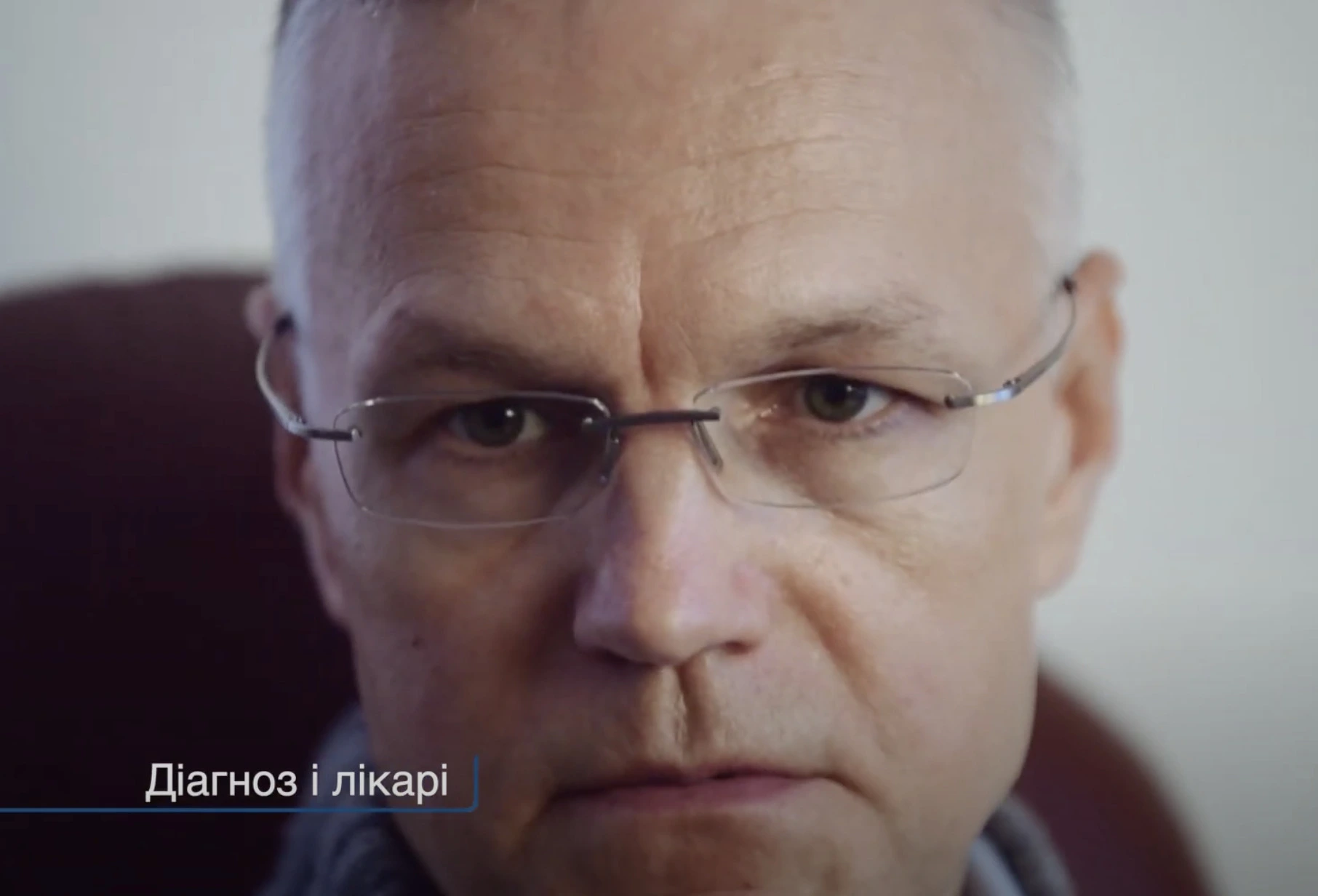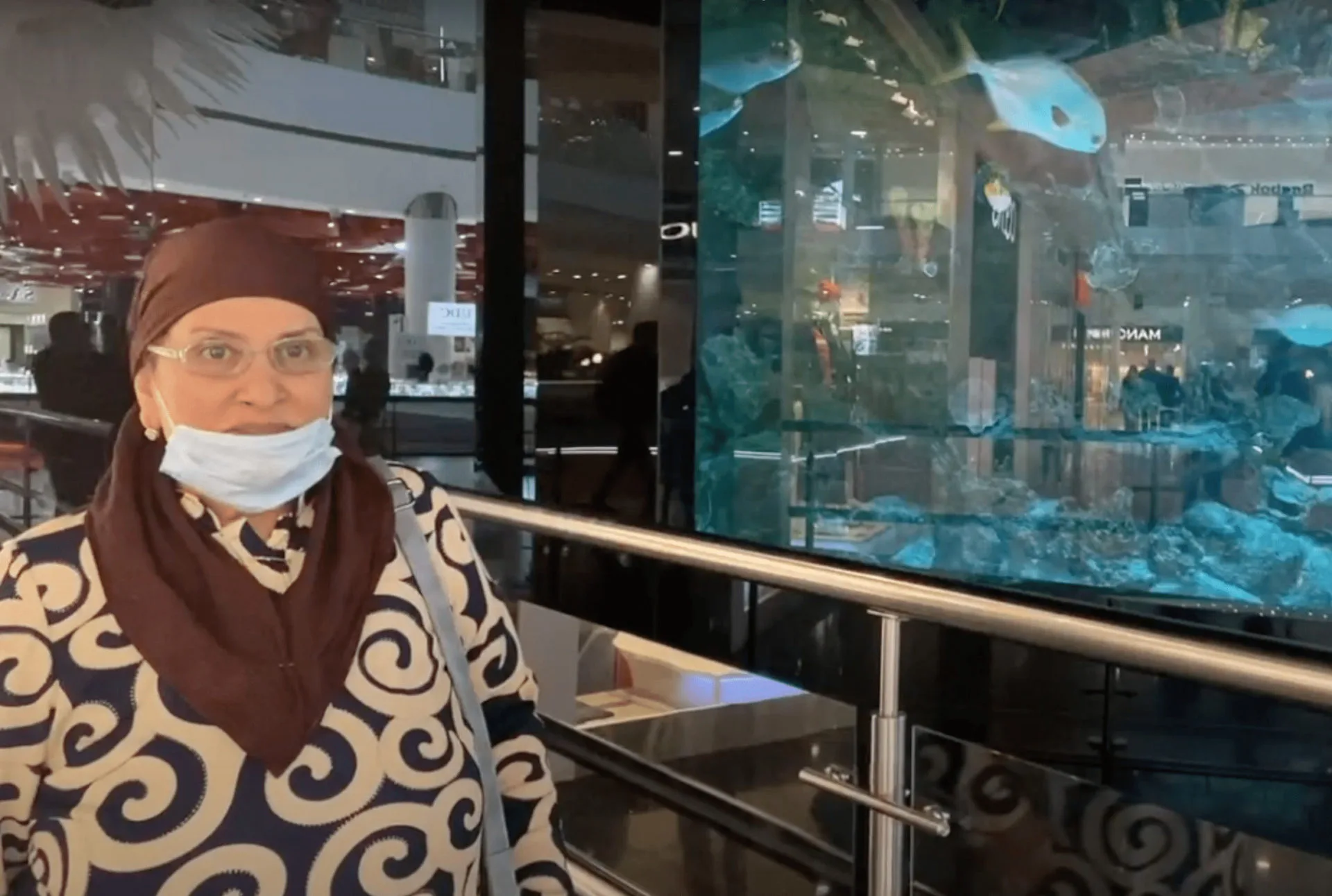Doctors for treatment of Schwannoma
Doctors for the treatment of schwannoma
Frequently Asked Questions
Schwannoma, or neurinoma — most spread benign neoplasm of peripheral nerve sheath.
Nerves sheath is formed by Schwann cells.
The growth appears due to genetic mutation on chromosome 22. There’s a slow proliferation and degeneration of Schwann cells. The result is a dense lumpy node.
People with hereditary diseases such as neurofibromatosis or familial schwannomatosis have an increased risk of developing neuroma.
By location, neuromas are divided into:
- Intracranial: frequent — schwannomas of brain, facial, auditory and trigeminal nerves,
- Extracranial: frequent — schwannoma of foot (Morton’s neuroma) and spine.
By quantity:
- Single (97-98%),
- Multiple (2-3%) — mainly with neurofibromatosis (type 2).
By distribution:
- One-sided (90%),
- Double-sided (10%).
The manifestations differ and depend on tumor location. They can arise individually or in combination with each other.
Frequent symptoms:
- Painless swelling along affected nerve,
- Pain and weakness,
- In brain neuroma — headaches, convulsions, paralysis, mental disorders,
- Sensory impairments:
- Neuroma of the auditory nerve — dizziness, hearing loss, ringing, noise in ear,
- Schwannoma of facial nerve — a violation of taste, numbness of tongue.
Acoustic, or vestibular, schwannoma — tumor of Schwann cells that form the sheath of the auditory nerve. The most common neuroma.
Causes of occurrence: unknown. Risk factors: continuous exposure to loud noises, genetic disorders.
By the size of the neoplasm, 4 stages of vestibular neuromas are distinguished:
- Stage 1 — 1-10 mm,
- Stage 2 — <20 mm,
- Stage 3 — <30 mm,
- Stage 4 — >30 mm.
Malignant schwannoma, also known as malignant peripheral nerve sheath tumors (MPNSTs) — extremely aggressive and very rare neoplasm of nerve sheath. It’s characterized by an unfavorable prognosis.
It affects nerves of the head and neck (20%), trunk (50%) and limbs (30%).
This tumor occurs spontaneously or in connection with the hereditary disease. Up to 50% of malignant schwannomas occur in patients with type 1 neurofibromatosis.
The doctor prescribes a list of research based on the expected location of the tumor.
Typically, the diagnosis consists of:
- Neurological examination,
- MRI (with contrast) of brain and / or spinal cord,
- Electroneuromyography,
- Biopsy.
To diagnose acoustic schwannoma, an experienced specialist will conduct such researches:
- Audiometry,
- Tympanometry,
- BERA test (for children).
Schwannom cannot be cured with drugs. Therefore, experienced foreign doctors resort to surgery or radiation.
Often, symptoms of disease don’t appear until the schwannoma is small and doesn’t press on adjacent tissues. In such cases, the doctor uses a tumor monitoring technique. The method includes regular examinations, MRI every few months to monitor the tumor growths.
Surgery is the therapy of choice. With microsurgery by an experienced physician, relapses are extremely rare.
For those who cannot be operated, specialized foreign hospitals performed radiosurgical treatment. This method completely removes tumors in 95% of patients. The risk of death is less than 1%.
Types of radiosurgery:
- Gamma Knife,
- CyberKnife.
Innovative therapies that are used to treat schwannomas leading foreign clinics, provide almost complete recovery.
Published:
Updated:


Information on this webpage verified by the medical expert








